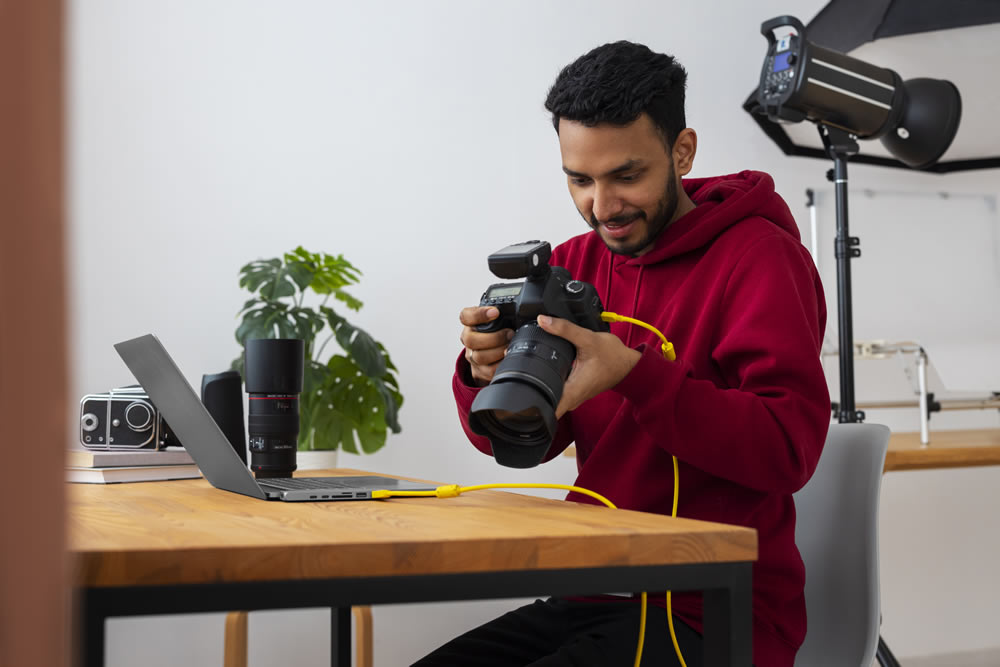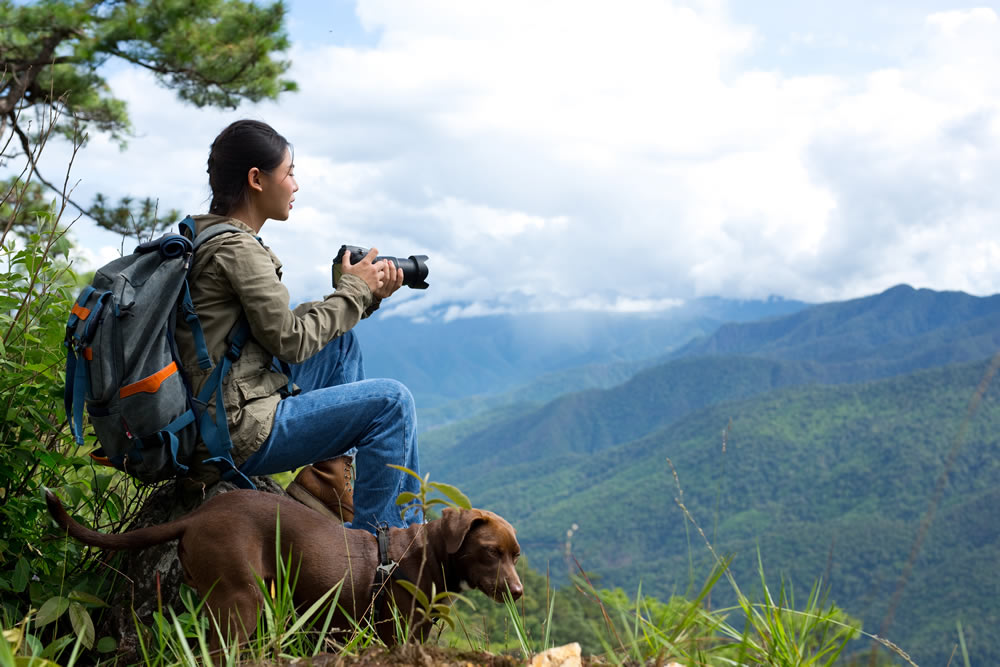In the realm of academic and professional research, the inclusion of photo evidence can significantly enhance the credibility and comprehensibility of a study. Well-documented photographs not only support and illustrate findings but also engage the audience, making complex information more accessible.
However, the process of documenting photo evidence is fraught with potential pitfalls, from issues of clarity and relevance to concerns over copyright and ethical considerations. This article aims to provide researchers and students with a detailed guide on correctly documenting photo evidence, ensuring that their visual materials strengthen rather than detract from their research projects.

The Role of Photo Evidence in Research
The power of photo evidence in research cannot be overstated. Across disciplines such as anthropology, environmental science, and the social sciences, photographs serve as tangible proof of phenomena, instances, and scenarios described in textual form. They enable researchers to present their findings in a manner that is not only more engaging but also easier to comprehend and verify.
In the same way that paper writing services for students strive to clarify and articulate complex ideas through text, properly documented photo evidence can elucidate and affirm the narrative of a research project. However, for photo evidence to fulfill this role effectively, it must be meticulously captured, organized, and presented within the framework of the research.
Preparation: Before Taking Photos
The key to capturing valuable photo evidence begins long before the camera shutter clicks. Preparation is crucial in ensuring that the resulting photographs meet the objectives of the research project. Researchers must first identify the type of equipment that will best suit their needs, whether it’s a high-resolution DSLR camera for detailed shots or a smartphone camera for convenience and immediacy.
Equally important is defining the objectives of the photo evidence: What phenomena or details need to be captured? What story should the photographs tell? By answering these questions, researchers can approach the photography process with clear intentions, ensuring that each shot contributes meaningfully to their study.
Capturing High-Quality Photos
Taking high-quality photographs is essential for producing reliable photo evidence. Researchers should focus on achieving clarity, focus, and appropriate composition in their shots, paying attention to factors such as lighting, angle, and background. Natural light is often preferable for outdoor shots, while indoor photography may require additional lighting sources to avoid shadows and glare.
Capturing multiple angles and perspectives can provide a more comprehensive understanding of the subject. Furthermore, researchers should strive to minimize distractions in the frame, ensuring that the focus remains on the subject of interest. These practices not only improve the aesthetic quality of the photos but also their value as evidence.

Organizing and Storing Photos
Once captured, organizing and storing photos in a systematic manner is critical for maintaining their value as evidence. Researchers should develop a consistent naming convention and categorization system for their files, including meaningful descriptors and dates in file names. Tagging photos with keywords and storing them in categorized folders can facilitate easy retrieval.
Digital storage solutions should be secure and backed up regularly to prevent loss of data. Additionally, keeping a detailed log of each photo, including the date, location, and relevant observations, can provide context and enhance the evidentiary value of the visual material.
Ethical Considerations and Consent
When incorporating photo evidence into research, ethical considerations must take precedence. This is particularly crucial when photographs involve human subjects, sensitive environments, or culturally significant artifacts. Researchers are obligated to obtain informed consent from individuals photographed, ensuring they understand how the images will be used and that their participation is voluntary.
In cases involving vulnerable populations or sensitive locations, additional care must be taken to respect privacy and adhere to ethical guidelines. Furthermore, researchers must navigate copyright laws carefully, ensuring that any third-party images used are properly licensed or fall within fair use parameters. Ethical documentation practices not only protect subjects and researchers legally but also uphold the integrity of the research.
Documenting and Annotating Photo Evidence
The documentation process extends beyond capturing and organizing photos. Each photograph used as evidence should be accompanied by a detailed caption that includes the date, location, subjects involved, and the context of the image. This practice ensures that the significance of each photo is clear to the audience and that the evidence can be independently verified.
Additionally, maintaining a comprehensive log or database with further details—such as camera settings, environmental conditions, and any observations made during the capture—can enrich the photo evidence. When necessary, annotating photos to highlight specific features or points of interest can be valuable, provided the original image remains unaltered and accessible for comparison.
Integrating Photo Evidence into Your Research Project
Integrating photo evidence into a research project requires careful consideration of its relevance and impact on the audience’s understanding. Photos should be presented in a way that complements the narrative of the research, with each image clearly linked to the findings or arguments it supports.
The placement of photos within the text, their size, and the balance between visual and written information are all critical factors in enhancing the comprehensibility and engagement of the research. Proper citation and referencing of photo evidence are also essential, as well as adhering to the academic standards and formats relevant to the field of study. This step ensures that the use of photo evidence is both academically rigorous and respectful of copyright norms.

Conclusion
Documenting photo evidence is a meticulous process that requires careful planning, ethical consideration, and attention to detail. From capturing high-quality images to organizing, annotating, and integrating them into research, each step is vital in ensuring that photo evidence enhances the credibility and impact of a study. As with all aspects of research, the process of documenting photo evidence should be approached with integrity and a commitment to advancing knowledge within the research community.
For those embarking on substantial projects, such as dissertations, understanding the value of properly documented photo evidence can be as crucial as finding reliable dissertation writing services to assist with the textual components of their work. Together, well-crafted text and well-documented photos can create a compelling and comprehensive research project that stands out for its clarity, authenticity, and academic rigor.










